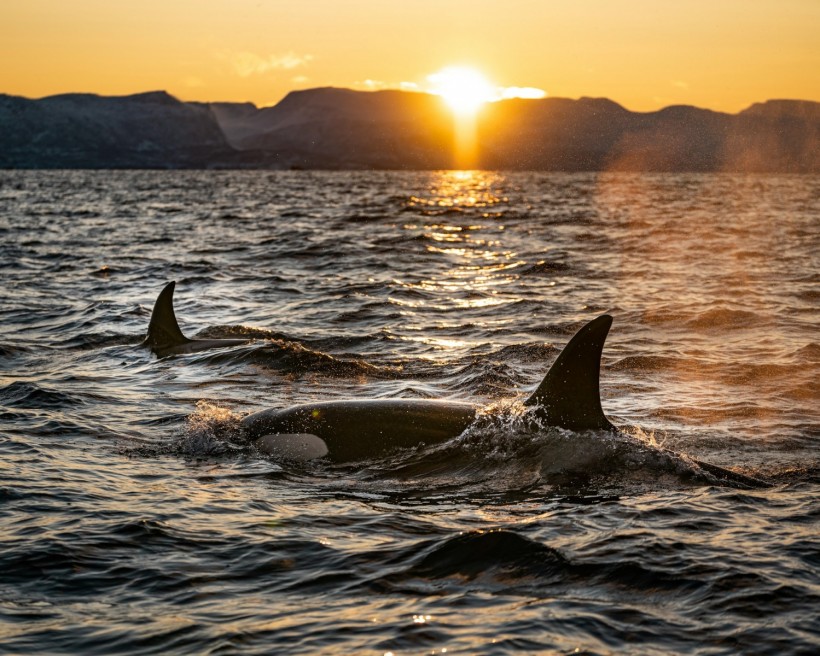An orca extinction alert was issued by a new study after its researchers determined a declining population of killer whales that live in the waters from Alaska to California.
The alert pertains to the rapidly decreasing populations of the critically endangered southern resident orca or southern resident killer whale (Orcinus orca). The animal species can be found in Alaska, Washington state, Oregon, and California.
Orca populations in the region are experiencing various threats or stressors, including lack of prey, climate change, and human activities, the new research paper asserted.
This means the critically endangered species is already on the brink of extinction should these stressors continue. In addition, the warming of the world's oceans is also affecting marine ecosystems, its food web, and aquatic inhabitants, based on scientific literature.
Orca Extinction Alert

(Photo : Photo by Bart on Unsplash)
The "warning sign" posed by the orca extinction alert was published in the journal Nature on April 2, where researchers highlight the "accelerating decline" in critically endangered populations of O. orca in the said region. In its abstract, the study (led by researchers in the United States and Canada) mentions that Earth is in the midst of its sixth mass extinction event as wildlife species and populations are being driven toward extinction.
In this context, the research paper highlights that the looming extinction event is being caused by a combination of "historic and emerging stressors" such as contaminants, climate change, habitat loss, and overexploitation. For this case, the North American research team focused on the critically endangered southern resident killer whale; where there are only 75 individuals alive today, according to reports.
Also Read: Two Orca Populations In North Pacific Ocean Are Two Distinct Species, Study Finds
Southern Resident Orca Threat
The southern resident orca threat is being driven by multiple factors, as mentioned earlier. One of these is the lack of prey such as the chinook salmon (Oncorhynchus tshawytscha), which is the main diet of the local killer whale population. However, the said natural and anthropogenic stressors are making it hard for large marine mammals to forage, which also affects their survival chance and breeding rates.
In February 2024, hundreds of thousands young chinook salmon died after being released in northern California's Klamath River. The release coincided with the US' largest dam demolition project at that time. The California Department of Fish and Wildlife confirmed that the incident occurred on February 26 in the said California river, located not far from the border with Oregon.
The cause of the southern resident killer whale's prey has been linked to a fatal condition called gas bubble disease. Due to this ecological disaster, the mass deaths of the fish also mean a catastrophe for their orca predators in the region. On the other hand, another factor to southern orca population decline is inbreeding, which has been confirmed by genome sequencing, according to the National Oceanic and Atmospheric Administration (NOAA) Fisheries.
Related Article: Elder Orca Moms Are Vital for Their Sons' Survival: How They Provide Food and Protection
© 2024 NatureWorldNews.com All rights reserved. Do not reproduce without permission.


![Climate Change is Reducing Dust Levels Worldwide as Arctic Temperature Warms [Study]](https://1471793142.rsc.cdn77.org/data/thumbs/full/70320/280/157/50/40/climate-change-is-reducing-dust-levels-worldwide-as-arctic-temperature-warms-study.jpg)


